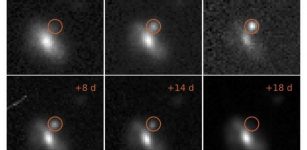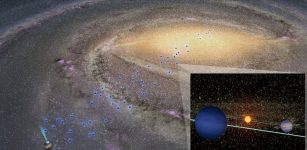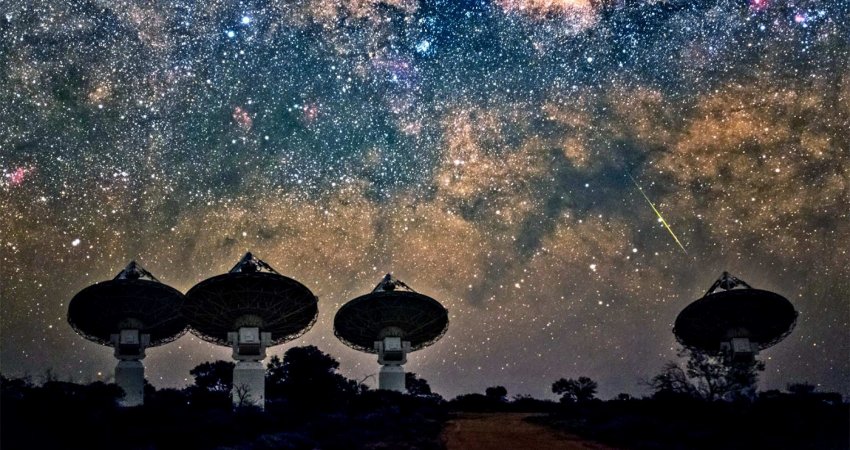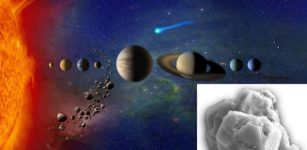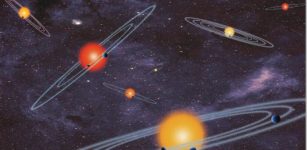Third Planet In 2-Star Kepler-47 System – Discovered
Eddie Gonzales Jr. – MessageToEagle.com – Of the nine confirmed transiting circumbinary planet systems, only Kepler-47 is known to contain more than one planet.
Using data from NASA’s Kepler space telescope, astronomers at San Diego State University, detected the new Neptune-to-Saturn-size planet orbiting between two previously known planets.
A third planet in the Kepler-47 system, is the most interesting of the binary-star worlds. It is also the largest of the three planets in the Kepler-47 system.
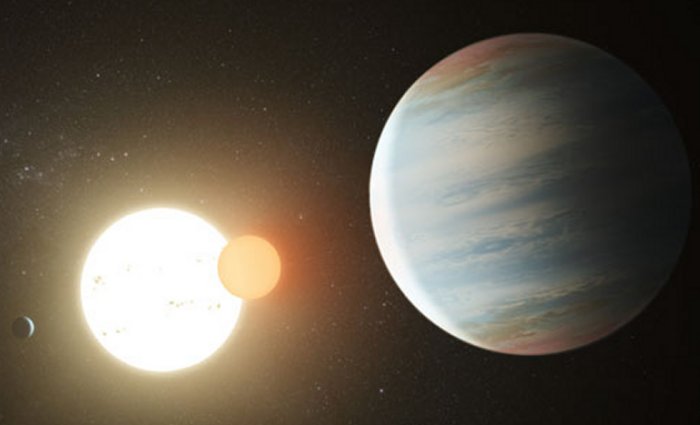 Image Courtesy: NASA/JPL Caltech/T. Pyle
Image Courtesy: NASA/JPL Caltech/T. Pyle
With its three planets orbiting two suns, Kepler-47 is the only known multi-planet circumbinary system. (Circumbinary planets are those that orbit two stars.)
The planets in the Kepler-47 system were detected via the “transit method.” If the orbital plane of the planet is aligned edge-on as seen from Earth, the planet can pass in front of the host stars, leading to a measurable decrease in the observed brightness.
“We saw a hint of a third planet back in 2012, but with only one transit we needed more data to be sure,” said SDSU astronomer Jerome Orosz, the paper’s lead author, in a press release.
“With an additional transit, the planet’s orbital period could be determined, and we were then able to uncover more transits that were hidden in the noise in the earlier data.”
Researchers now know the planets in this circumbinary system are very low density – less than that of Saturn, the Solar System planet with the lowest density.
While a low density is not that unusual for the sizzling hot-Jupiter type exoplanets, it is rare for mild-temperature planets. Kepler-47d’s equilibrium temperature is roughly 50 degrees F (10 degrees C), while Kepler-47c is 26 degrees F ( 32 degrees C). The innermost planet, which is the smallest circumbinary planet known, is a much hotter 336 degrees F (169 degrees C).
The inner, middle, and outer planets are 3.1, 7.0, and 4.7 times the size of the Earth, and take 49, 187, and 303 days, respectively, to orbit around their suns. The stars themselves orbit each other in only 7.45 days; one star is similar to the Sun, while the other has a third of the mass of the Sun. The entire system is compact and would fit inside the orbit of the Earth.
It is approximately 3340 light-years away in the direction of the constellation Cygnus.
Written by Eddie Gonzales Jr. – MessageToEagle.com Staff Writer

